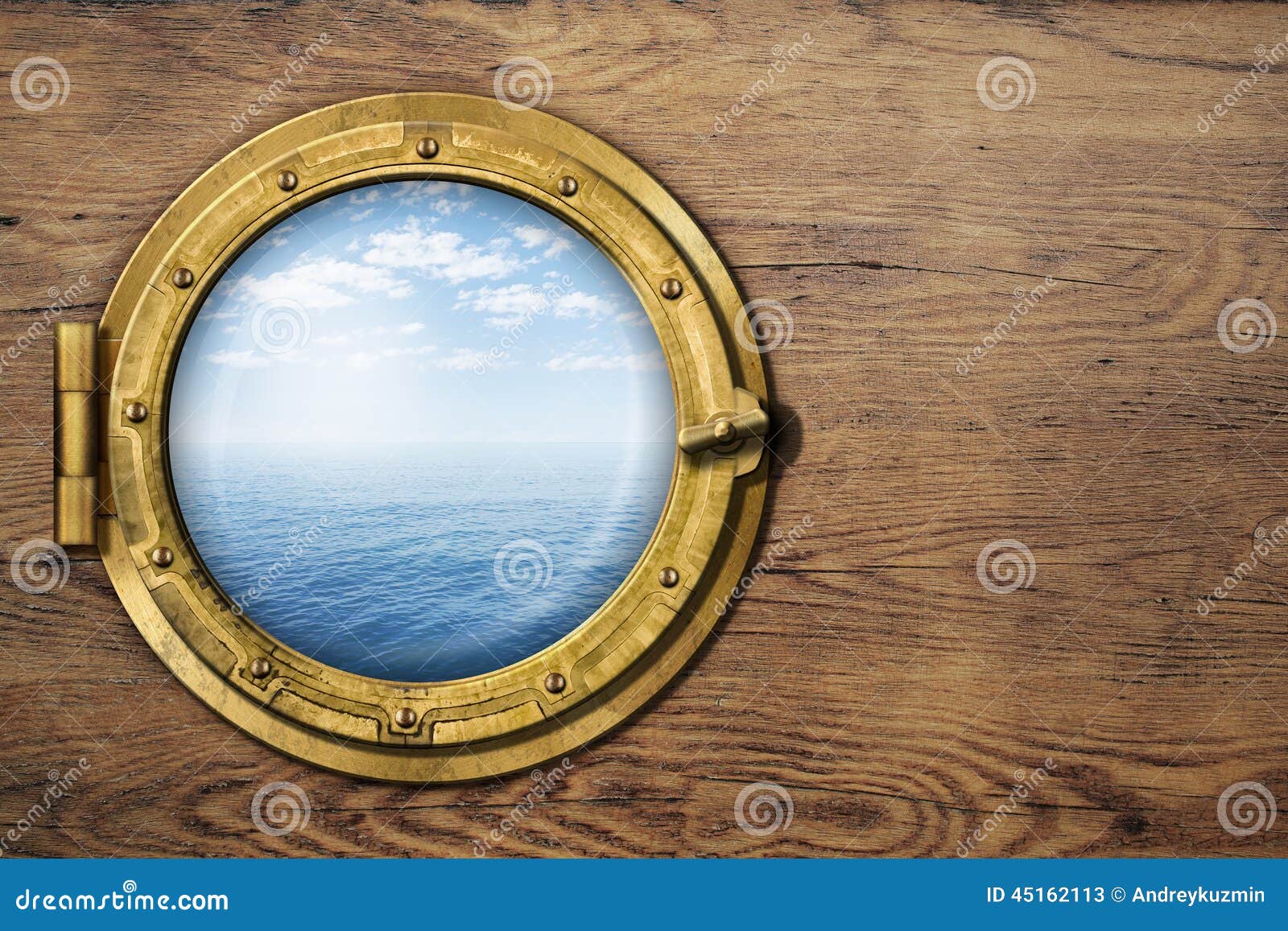

This is where portholes can come in to save the day. If you have ever been aboard a ship, you would know that for some people, especially first-timers, the experience could be unpleasant, with motion sickness, feelings of suffocation, and symptoms of claustrophobia possibly creeping up on you during unexpected moments. Second, some portholes have still retained the feature of being opened to allow for the entry of fresh air. Certain rooms and areas of a boat are not illuminated by artificial light at all times, mainly because of the expenses and waste of fuel energy which the boat will eventually run out of (this is critical during long voyages or cruise travels). Today, we still see portholes and port lights used often in every type of ship and boat, no longer for weaponry such as cannons and the like, but for more practical and convenient reasons.įirst, having a porthole would allow for the entry of light into certain areas of the ship that require a high degree of visibility. When the cannons were not in use, these portholes were covered with glass panels, which we would now technically refer to as the port lights (thick covers made of glass that serve as both opening and protection for the porthole). This brought about the brilliant innovation of French shipbuilder James Baker, who suggested piercing the sides of the ships so that the cannons could be mounted inside the forecastle and aftcastle, rather than on it. To arm his naval fleet, King Henry VII insisted on equipping his ships with large-caliber weaponry that would be incapable of being mounted traditionally (via the forecastle and aftcastle). Portholes actually originated way back in 1485 during the reign of King Henry VII in England.


 0 kommentar(er)
0 kommentar(er)
